First, I'm well aware of the multi-realm approach to multi-tenancy in Keycloak. I've taken over a legacy project where nobody thought of multi-tenancy. Now, two years later, suddenly, the customer needs this feature. Actually, the microservices are prepared for this scenario out-of-the-box.
The customer develops a mobile app that authenticates users via API on our keycloak instance with an account number (as username) and a password. Now, he'd like to add an tenant id to the login information.
The customer wants to avoid using several endpoints as a multi-realm solution would demand.
One first idea was to just concatenate tenant-id and account-id on registration. But that's a smelly approach.
So, my thought was that there may be a way to configure Keycloak in a way that I add a custom tenantid field together with username that acts just like a composite primary key in the database world.
Is such a configuration possible? Is there another way to achieve multi-tenancy behaviour using a single realm?
